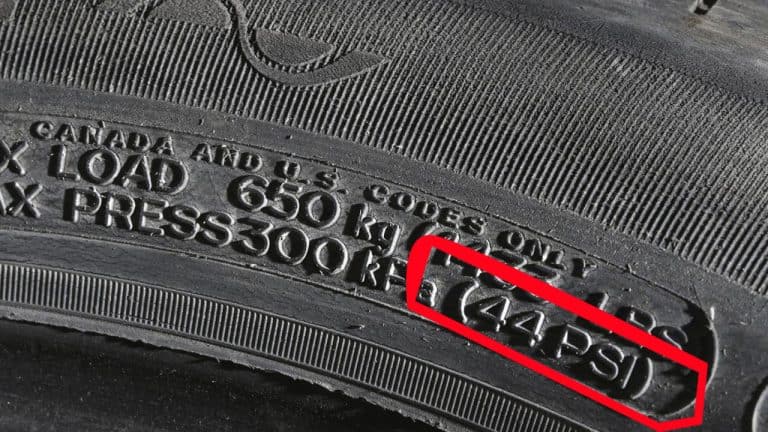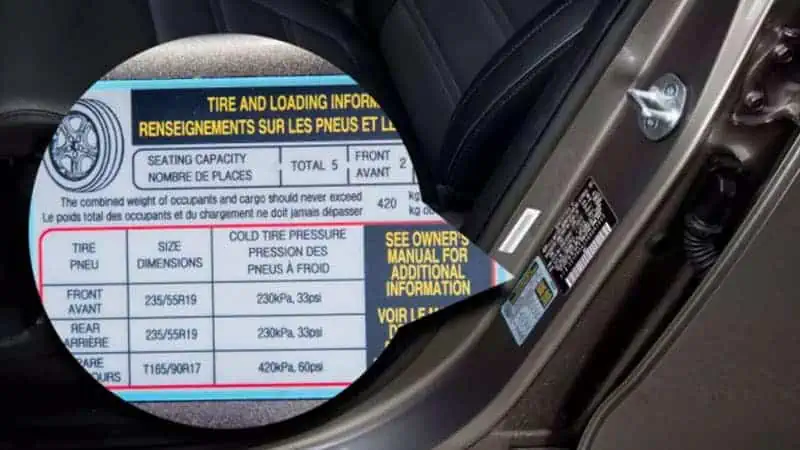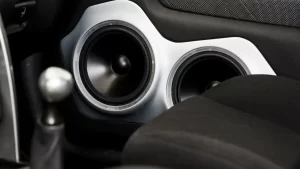What Does PSI Stand For?
In our practice, we get a lot of customers asking what does PSI stands for? Should I inflate my car tires to the maximum PSI allowed? You see vehicle tires do more than just hold the weight of your car; they are also crucial for your safety and that of your loved ones.
You do not want to over pump or under pump your tires, because the right air pressure allows you a smooth and safe ride. Every responsible car owner should know how the factory determines the PSI of their tires.
So, what does PSI stand for?
PSI means the minimum amount of air pressure needed to support your vehicle at its maximum load, or simply PSI stands for pressure per square inch.
You want to keep the pressure in your tires low because inflating them can lead to poor handling and a bumpy ride, and it can have a negative impact on mileage and damage to your vehicle.
Perhaps you already understand how critical the right tire pressure is to road safety. But, did you know tire pressure can cost you oodles of cash if you do not keep a keen eye on it? In this post, we are going to look at what does PSI stands for, and layout the ins and outs of tire pressure. We shall go further and expound on how tire pressure affects many other aspects.
Right out of the block, you need to understand that maintaining proper tire pressure can do wonders for your MPG (better gas mileage). Besides, it helps reduce tire wear and tear as well as decrease the likelihood of a tire-related incident or accident. That’s why it pays to read the sidewall of your tire and check its threads regularly. To find the right PSI for your tires, you can search under your car door or open your car’s manual and search for it, or you can find it during tire maintenance.
The pressure shown on the tire itself is the maximum pressure that the tire can carry, not the recommended pressure for the vehicle.
The bottom line is that you should ensure to take good care of your tire and it will take great care of you.
For smooth, hassle-free, and safe driving, and long-lasting, durable tires, it is paramount to know the optimum tire pressure of your car. Oftentimes that means knowing the amount of PSI that is right for your vehicle.
Most cars and trucks fall between 27 and 35 PSI, but if you use a commercial vehicle, the PSI of tires varies.
The higher the PSI number, the more air pressure exists within your tire. For example, if you’re inflating your car’s tire and the gauge is at 35 PSI, this means that there is a pressure of 35 pounds for each square inch inside the tire.
What is PSI?
The acronym PSI (each letter pronounced separately) stands for Pounds per Square Inch and is the universal standard for tire pressure measurement. On a higher level, PSI can be explained by thinking of the quantity of force (calculate from the weight of the vehicle and its occupants) that is exerted by the tire per square inch area of the road.
PSI is used to measure the pressure of the gas (pneumatic pressure) and liquid (hydraulic pressure). Pneumatic and hydraulic pressure (PSI) express the force exerted by its vessel on two relative liquids.
What Value of PSI Should My Car Tires Be?
Every car owner knows that when a tire looks flat, it needs to be inflated or you might end up switching to a spare. However, sometimes you cannot notice when your tire is losing air pressure (at least, not with your eyes only). The trouble with under-inflated or over-inflated tires is that they could end up costing you dearly, in the form of lost performance and money.
It includes everything from listening to the sound of the running engine to the possibility of changing a flat tire. If you know how your car works, you can sense when it is not in top condition. Whether you are looking for a particularly fast, powerful engine, knowing the car from the inside and outside makes it much easier to find the ideal ride.
No matter how you look at it, appropriate PSI is crucial and affects a number of things, from safety to wear to MPG. That is why it is important for you to keep a tab on your car tire’s PSI. Besides, checking your tire pressure regularly comes with several other benefits, including:
- It helps you avoid and remedy tire squirm and sidewall flexing before it is too late
- It helps you deter potential rolling hazards and heat build-up in your tires (this comes quite handy when you’re driving in summer)
- It also enables you to improve your tire durability as well as optimize fuel economy and tire performance
- Keeping an eye on tire pressure helps you stabilize the structure of the tire, offering a blend of tire’s traction, responsiveness, and handling
Keep in mind, though, that the optimal PSI can vary based on the type and load of your vehicle. For example:
- Heavier loads may require higher PSI to support the additional weight
- Lighter loads or passenger cars generally require lower PSI
- Off-road vehicles often need lower PSI for better grip on uneven terrains
- High-speed driving may need higher PSI for better stability and control
How to Check My Tire’s Recommended PSI/Pressure?
Now that you know what does PSI stands for, it’s high-time you understand how to check your tire’s recommended pressure. As such, the best way is to check out the placard or sticker with the tire information supplied by the manufacturer. You can find it on the door jamb by the driver’s side. An owner’s manual might also come in handy.
How Do I Find the Correct Tire Pressure for My Car
Why not check the pressure indicated on the tire? It’s a big mistake to check the pressure listed on the tire because that is often the max rating, not the recommended tire pressure. The good news is that some car models come equipped with a robust tire
pressure monitoring system, including a sensor on each tire. With this tech in place, you can effortlessly monitor the tire pressure from a dash display.
You probably already know how to check your vehicle’s tire pressure. It’s easy; all you need to do is find a functional tire gauge — these can be found in just about any gas station and your favorite local car shop in Santa Clarita, California. The gauge is designed to display the PSI of your tire. More importantly, NHTSA recommends that you check the pressure when the tires are COLD, implying that you have not driven your vehicle for at least 3 hours.
The proper value of PSI for tires varies from tire to tire. The recommended PSI or tire pressure is often something between 30 PSI and 35 PSI in Santa Clarita. This is your optimum PSI, the quantity of air pressure required by the tire to support your car and its load-carrying capacity. Anything lower than this will lead to reduced handling, unwanted wear & tear, tire overloading, and lousy fuel economy. Remember this is not your tire’s maximum rating which is often indicated as Max. Press on the sidewall of each tire. Need your vehicle tires repaired, replaced, or inspected?
Visit Santa Clarita Autosound website to learn more about our turnkey tire service solutions.
Originally published on September 18, 2021. Last updated on December 25, 2023



















